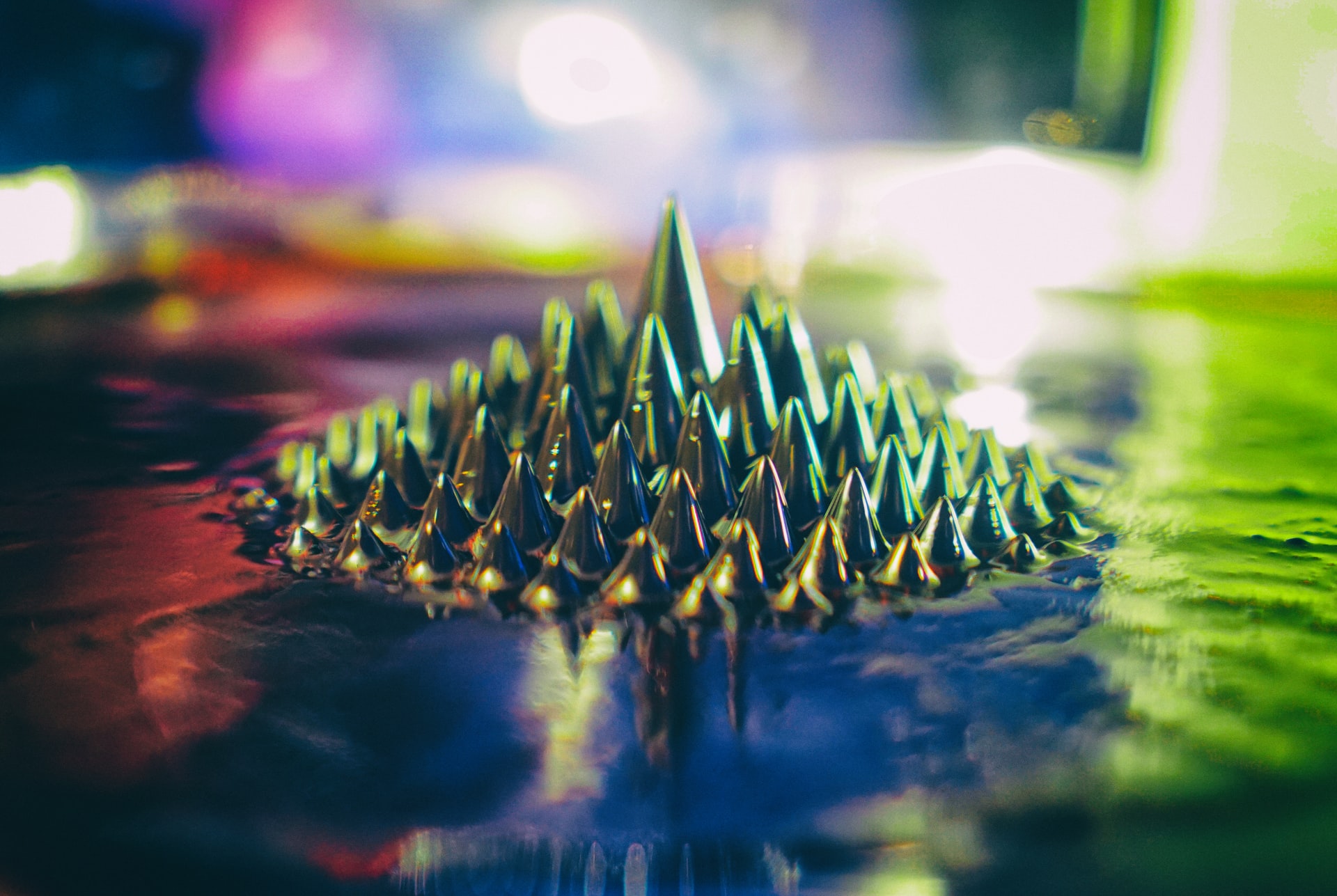Upon ingestion, the ionic silver present in most colloidal silver solutions will immediately come into contact with the hydrochloric (HCl) acid that normally exists in the stomach to digest food. The chloride ion from the hydrochloric acid combines at once with the silver ion to form silver chloride, an insoluble silver compound. Since hydrochloric acid does not dissolve metallic silver, the silver particles remain unaffected by the stomach acid. Some of the remaining silver particles, due to their nanometer size will pass easily through the lining of the gastro-intestinal tract and will be absorbed into the bloodstream where they will circulate and come in contact with pathogens which will be killed on contact. The silver chloride that precipitates in the stomach consists of large molecules. Silver chloride that is not absorbed into the bloodstream will be passed out of the body with solid waste. Silver chloride that does get absorbed through the lining of the GI tract into the bloodstream will be removed by the kidneys and passed out of the body in urine.

